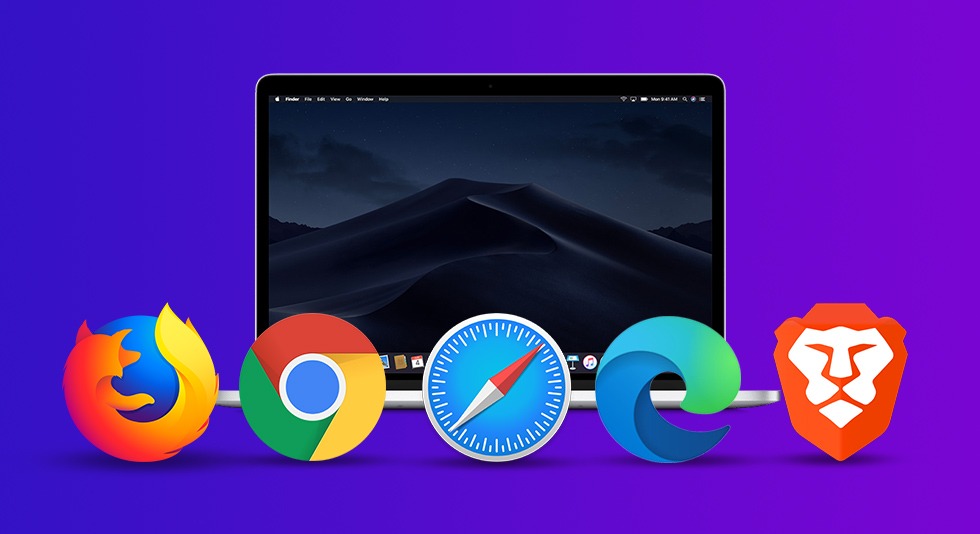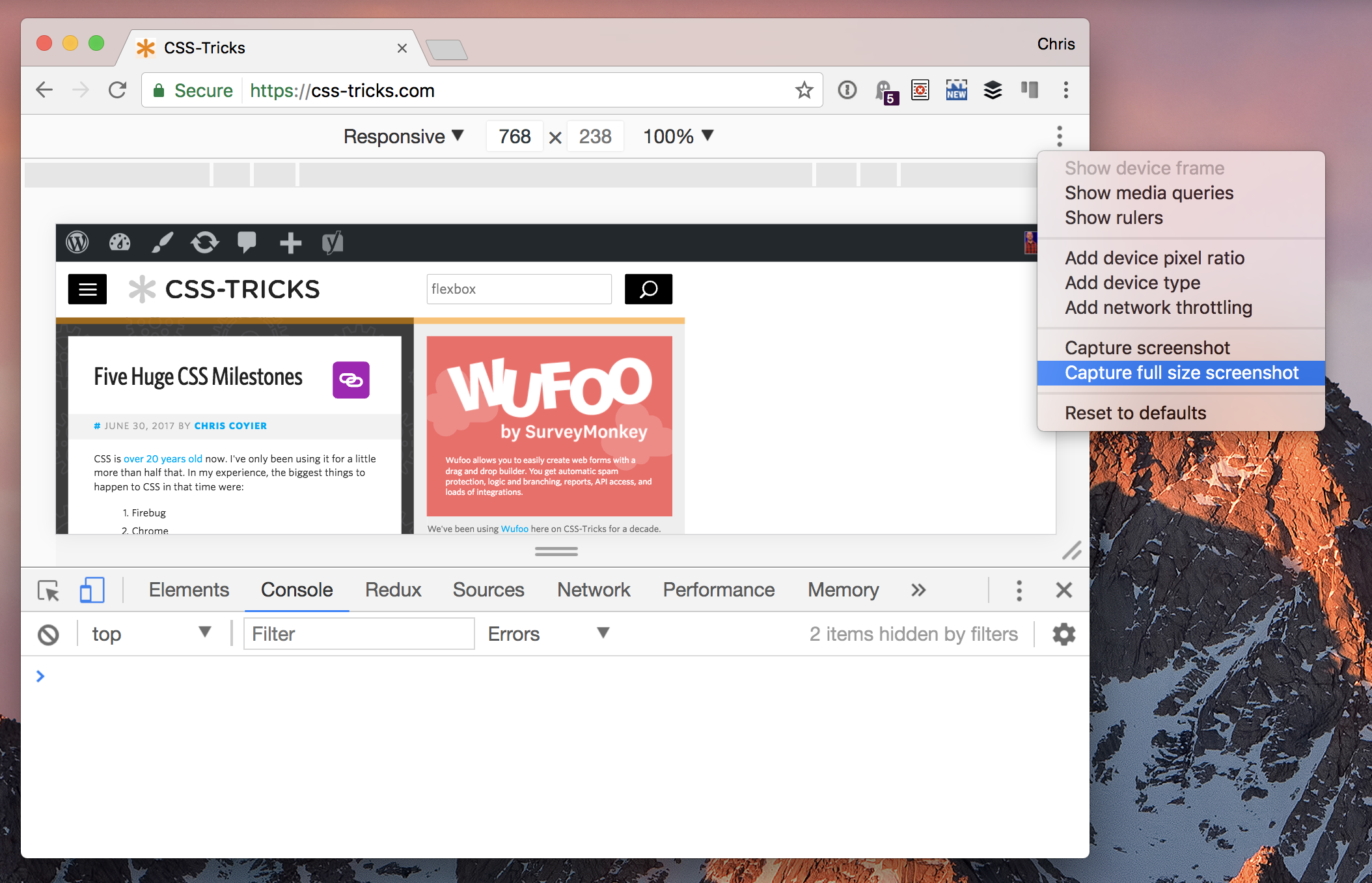May 11, 2020 The Safari browser comes pre-installed with macOS and it’s a browser many people love. In fact, Safari has been the best native browser on macOS for more than a decade. It is highly optimized for Apple’s desktop operating system and is jam-packed with all of the necessary features that would make it your browser of choice out of the box. Opera and other Chromium-based browsers hew closely to Chrome, while Firefox gets 491, and Safari 471. Just a few years ago, a score in the 300s was considered excellent, and Internet Explorer. Feb 15, 2018 If you have more than one other browser on your Mac, you’ll need to run the Import Wizard for each browser if the bookmarks are different. Safari to Opera Opera is also a very useful web browser, with client software for Mac, iOS, Windows, Android, and even Linux.
It's never been the standard browser for anything, and is probably one of the least tested major browser (other than Opera) when it comes to web site development. If you're a web shop or company, you damn well make sure it works in Chrome, Firefox, and mostly IE8+, definitely 9+. 11 smart browser alternatives to Safari for iOS While all iOS browsers today use the same core rendering engine as Safari, many of them offer additional functions useful in the enterprise.
Will we ever be able to live with just one web browser on our Macs? It seems unlikely for a number of reasons.
First and foremost, no one browser works with all sites. What chokes in Safari might render properly in Firefox. And Opera or iCab might handle what fails in the other browsers. Although web standards are more closely adhered to than in the past, we all know the “try it in another browser” routine.

With the arrival of Mac OS X 10.4 Tiger and Safari 2, I thought I could finally settle in with one browser. With version 2, Safari reclaimed the speed advantage that it had lost to Firefox in OS X 10.3.x, and I was hooked on Safari’s new RSS integration.
Firefox
But the occasional site incompatibility and web development work would bring up the need to use an alternate browser. Most of the time, Firefox would fill that need.
Firefox’s Gecko rendering engine is widely compatible, and this open source, standards-based browser is remarkably consistent across all major platforms (Mac, Windows, and Linux). It’s the second most popular browser on the Web and gaining in market share all the time.
The only problem is that Firefox is not very Mac-like, even with the “enhanced Mac OS X support” in version 1.5. In the interest of platform portability, Firefox includes a lot of its own libraries designed compile easily on multiple operating systems.
This means that Firefox doesn’t have the OS X look and feel that Mac-only apps have. Aesthetically, it feels more like a Windows or Linux app ported over to the Mac.
Since it doesn’t tap into OS X’s native interface element widgets, it has to load its own. This makes Firefox more resource intensive than other Mac browsers.
Camino
But the Gecko environment is available in a native Mac OS X app, in the form of the wonderful and often-neglected Camino browser. [Camino was updated to version 2.1.2 in March 2012 and is now dormant – yet it is compatible through OS X 10.9 Mavericks.]
I was a big fan of this project (originally known as Chimera) in the pre-Safari days. The original goal was one that the Firefox team took and ran with – to take the browser component out of the large Netscape/Mozilla suites and create a lean, fast, next generation Gecko-based browser.
Before January 2003, Camino was far and away the fastest browser on the Mac. Even after Safari shipped, Camino had more features. Tabbed browsing, for instance, didn’t appear in Safari for a couple of months after its 1.0 release.
With Safari and Firefox providing stiff competition, Camino lay dormant for a long while. But as time went by and a small faction of users began to complain about Firefox’s lack of optimization for the Mac platform, the project came back to life. Not too long ago, I decided to download the latest nightly build of Camino to see how it’s doing these days.

Better Than Firefox
Suffice to say, I was very impressed. This is the Mac browser that Firefox could easily be. In my experience on a 1 GHz PowerBook G4, Camino blows the doors off Firefox 1.5 in rendering speed and overall interface snappiness.
Being built as a native Cocoa app, Camino takes full advantage of being a full-fledged Mac app. Interface elements and widgets look beautiful and familiar. It also demands less of your CPU and RAM than its more popular cousin.
Better Than Safari
Beyond that, the sheer performance of the Gecko engine really shines. Although a few months ago I didn’t think anything could top Safari 2’s speed on my Mac, to my eyes Camino now has a nice edge in the speed department. Your mileage may vary, but it can’t be argued that Camino does what it does very well and very fast.
The development team isn’t content to simply make a Mac-ified Firefox. Some of the best features of Safari have been incorporated, including the ability to reset the app and empty the cache from the Camino menu. There’s also a nice implementation of Safari’s bookmark manager/history browser.

Unique Features
Camino keeps a “Top 10 most visited sites” list in “Show History” that I have found to be really neat. We all have a pretty good idea of what sites we visit most often, but nothing beats actual statistics.
Some features that Camino shares with Firefox that Safari doesn’t have include a more flexible popup blocker. You can specify which sites can allow popups while blocking them at all other sites. Safari simply lets you turn popup blocking on or off.
Missing Features
One Firefox feature sorely missed in Camino is extensions. The multitude of extensions for Firefox and other Mozilla-based browsers provides an amazing amount of browser customization.
However, some of the best of these extensions have been wrapped into CamiTools,* which adds a new pane to Camino’s preferences window. Among its many features, CamiTools takes care of two things I miss most from Firefox’s extensions – ad blocking and adding additional sites to the website search box (in addition to the standard Google search).
Now if someone could port the Web Developer Toolbar to Camino, I’d be in heaven.
If you’d like a change of pace – and perhaps a faster web browsing experience – go and get yourself a recent build of Camino. I’m enjoying it so much I’ve made it my default browser for now and gone back to Net News Wire Lite for my RSS needs.
* Camitools is incompatible with versions of Camino going back to at least 2008, so we have removed the link to it.
Keywords: #camino #caminobrowser
Short link: http://goo.gl/fcKade
searchword: caminobrowser
While the question what is the best Internet browser for Mac is pretty simple, the answer isn’t. If you are a Mac user, you know Safari is the built-in app and the default browser on Mac and iOS devices, but it doesn’t mean it is the best option.
Safari is a great browser, and it may be the best Internet browser for Mac for many users. If you are not satisfied with Safari, there are other browsers you can download and install on your computer. We’ll take a look the most popular browsers, and you’ll figure out which one is the best Mac browser for your needs.
See also: Which Mac Is Good For Gaming?
Best Internet browser for Mac
Saying that only one browser is the best Mac browser wouldn’t be true. It depends on what you are looking for. Maybe you want your browser to be super-fast, or you are looking for the highly customizable one. We’ll explore other browsers such as Safari, Mozilla, Opera and Chrome a bit further.
Safari
Let’s start with Safari as it is the default browser on Mac, iPads and iPhones. If you are a huge Apple fan, you will hardly give up on Safari. There are add-ons, bookmark sync between Macs and iOS devices and a wide range of other interesting features. If you, like me, like browsers that look nice and neat, Safari web browser is a way to go. It provides enjoyable browsing experience.
Learn more about Safari.
Mozilla
If you are looking for a fast browser, perhaps Mozilla is not the best internet browser for Mac, but it has its qualities. When it comes to customization, it is one of the best options. You can try all kinds of extensions, add-ons, and super exciting features that will improve your experience when browsing the web. If you have never used Mozilla before, I suggest you to try it out.
Learn more about Mozilla.
Best Browser For Mac Os X 10.6.8
Opera
Opera is not popular as Safari, Mozilla or Chrome are, but still, it is a pretty good browser. In case your internet connection is not as fast, this browser can be the best Mac browser for you because it comes with the Off Rode mode. While you are browsing the web, this mode saves bandwidth, and it also compresses data and it makes the browser faster and more enjoyable, even if you have the slow network connection. I often feel like it is a bit underestimated, and it shouldn’t be. There are many great features, and it’s visually appealing.
Learn more about Opera.
Chrome
Chrome is not only the best Internet browser for Mac, it is one of the best browsers in general that works great on a PC as well. It is fast, and if you are looking for the customizable browser, Chrome won’t disappoint you. There are many features and add-ons to explore. It is a user-friendly browser, and it is also pretty attractive one. Developers love it because it offers many options.
How To Update Safari Browser Mac

Learn more about Chrome.
All these browsers are great, and what is the best Mac browser for you depends on your needs, and network connection.
You may also read: How To Set Up Your Mac For Gaming
Get more stuff like this
in your inbox
Best Web Browsers For Mac

Subscribe to our mailing list and get interesting products and updates to your email inbox.
Thank you for subscribing.
Latest Safari Browser For Mac
Something went wrong.